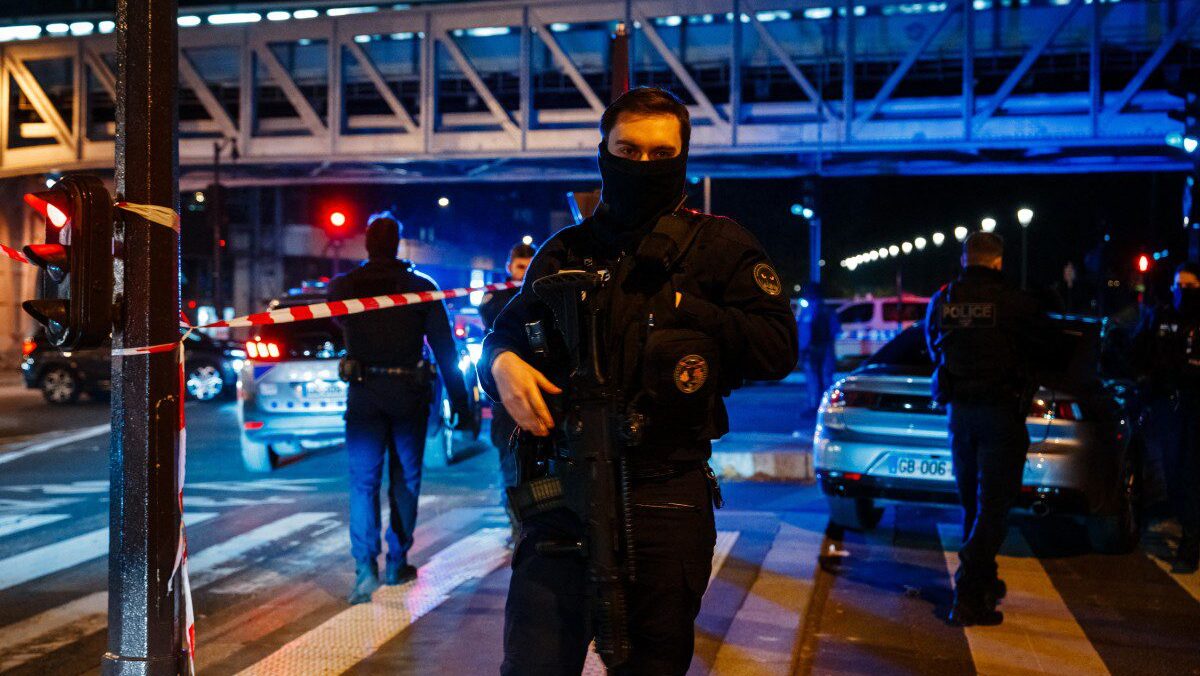The perpetrator of the terrorist attack in Paris on Saturday, December 2nd, was clearly a dangerous criminal who many warned had the potential to commit an act of violence, but despite having him ‘under surveillance,’ the French authorities could not prevent him from killing.
The 26-year-old man, armed with a knife and a hammer and yelling “Allah Abkar,” killed a German tourist and left two people wounded near the Eiffel Tower in Paris late on Saturday in what President Emmanuel Macron called a terrorist attack.
Armand Rajabpour-Miyandoab was born in France in 1997 to Iranian parents, in a family described by the prosecutor as having “no religious engagement.” But French media have revealed how he was easily manipulated and radicalised as a teenager by jihadist websites and how he concealed his radicalisation while in prison. His act inevitably raises the question of how France monitors terrorists after their release after incarceration.
This is what we know so far:
2015
Armand Rajabpour-Miyandoab converts to Islam at the age of 18 and quickly becomes radicalised by jihadist ideology, watching videos and propaganda, and making connections with jihadists active in Iraq and Syria. “His need for bearings” accelerates his radicalisation, the terror organisation Islamic State gives him the “criteria to guide his lifestyle,” a psychologist later said.
2016
He plans to join the Islamic State in Iraq or Syria. Later in the year, he is arrested for planning a stabbing attack in the La Défense business district, west of Paris, at the instigation of a jihadist based in Syria. He is imprisoned as a pretrial detainee.
2018
He is convicted of planning a terrorist attack and is sentenced to five years imprisonment. In court, he claims to have denounced Islamism, which he said was “ruining [his] life.” He claims to have taken to drinking beer and eating pork—activities which are banned for practising Muslims.
2019
He undergoes psychiatric medical treatment throughout his detention, but one year before his release, he is judged to have a great potential to commit violent acts.
2020
He is released from prison and left to live at home with his parents while undergoing psychiatric and neurological treatment. The young man is on a terror watch list, he has a so-called ‘S file,’ used by law enforcement to flag someone considered a threat to national security. He is monitored by the authorities. “The first few months are encouraging,” he seems to have “detached himself from religion,” a security source told AFP. However, surveillance is later increased because of his social media contacts, including with the future killer of teacher Samuel Paty.
2022
His personality is deemed “very unstable” and he is a cause for concern, according to French media sources.
2023
He is under compulsory psychiatric treatment for continued mental health problems until April. He is put under surveillance by the French secret services because of his Islamic fundamentalist profile. In October, his mother reports concerns about her son’s behaviour and says he has become “increasingly self-isolated” and is no longer taking his medication. However, there is not enough information to allow for a new prosecution. His X social media account shows many posts about the Israel-Hamas war. In a recorded video before Saturday’s attack, he swears allegiance to the Islamic State and expresses his support for jihadists all around the world.






